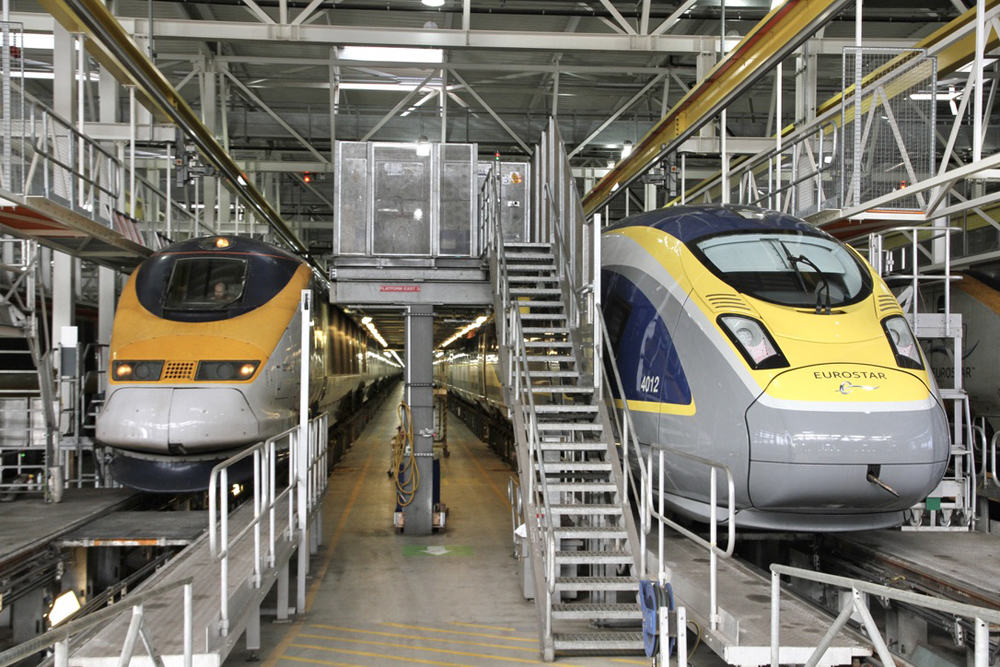
LONDON — No less than seven potential new competitors to Eurostar have emerged in the past few months, seeking to offer international services from London via the Channel Tunnel.
At least three — all new startup companies — have started the process of obtaining access to Britain’s only maintenance shop that can handle European structure gauge high speed trains, the Temple Mills shop in East London currently used by Eurostar, the established international operator. While the newcomers all see access to the shop as vital and have asked the UK’s rail regulator to facilitate access, it is clear there won’t be enough space for all of them, if in fact they all actually buy trains and start operations in the next few years.
Competition: why now?
Competition has been theoretically possible for years. International rail services were deregulated by the European Union in 2010 and soon after, German’s Deutsche Bahn said planned services from London to Frankfurt, even bringing one of their ICE trains to London. [see “Competition heats up under the English Channel,” Trains News Wire, Nov. 27, 2023].
Despite being legally possible, three major factors stopped progress; today, all are less of a roadblock. The first problem DB encountered in 2010 was the complex safety and operating rules for the Channel Tunnel between Britain and France, plus the high cost of using high speed tracks on both sides. This has changed, as the safety rules now reflect modern European high speed trains; previously they required multiple bespoke features. Eurostar now mostly uses a Siemens train very similar to models used in Germany and Turkey. Financial incentives for new operators and services are also now available, as the separate private companies that run the high speed tracks in Britain and the Channel Tunnel itself want more trains.
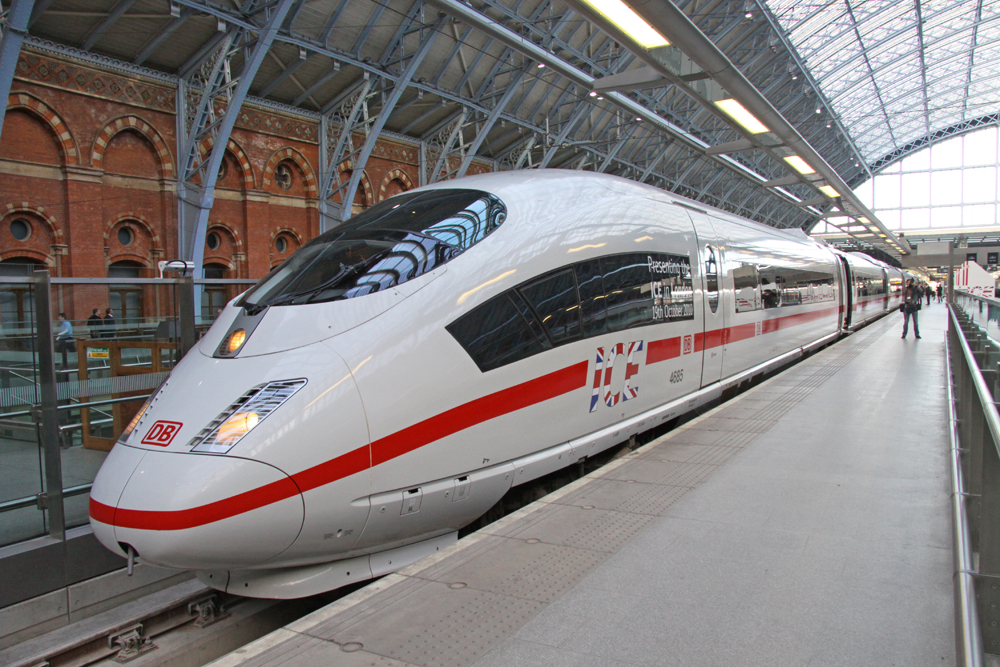
The second problem, not foreseen in 2010, was the UK’s “Brexit” decision to leave the European Union in 2016. This didn’t stop international trains but led to more complexity at stations, as immigration rules changed and the EU went back to physically stamping British travelers’ passports, which added greatly to wait times. However, this is changing. After several years of technical delays, the UK has introduced an automated immigration system for most visitors. The system at stations and airports, introduced this month, uses kiosks with cameras. The EU is about to roll out a similar but more complex system that will register biometric information (picture and fingerprints) for all non-EU travelers, much like that for overseas visitors at American airports. The EU system is also largely automated. It’s expected that once both systems are up and running, and most frequent travelers are registered, current wait times will reduce. This is crucial for train operators, as space at current stations is constrained. To get more trains and more passengers through, stations need to decrease wait time.
The third problem, again unforeseen in 2010, was the COVID-19 pandemic. No company was going to launch new international rail services until the uncertainty around future travel went away. Eurostar, the only current operator from London, had to reduce services to literally one or two a day during the pandemic and mortgaged its entire train fleet to stay financially afloat. [See “High speed operator Eurostar survives …,” News Wire, May 19, 2021]. Despite being majority owned by French Railways (SNCF), the French government did not offer financial support, nor did the British government (which had sold its stake in Eurostar back in 2015). Eurostar ended the pandemic with around $1 billion of extra debt, which it has been paying down from its operating profits.
Newcomers
The three start-up companies that appear most advanced in their plans are Spanish firm Evolyn, set up by investors who also part own transport group Mobico (formerly known as National Express); a new Virgin Group company called VTE Holdings, led by former Virgin Trains Managing Director Phil Wittingham; and, most recently announced, Gemini Trains, with former BBC journalist Adrian Quine as CEO and former Eurotunnel manager Lord Tony Berkeley as chairman.
Another start-up firm based in the Netherlands called Heuro Trains announced plans for services from Amsterdam to London in late 2023, and the national rail operators in Italy, Switzerland, and Spain have all announced ambition to run trains to London. Swiss Federal Railways (SBB) has launched a tender for its new generation of high speed trains, and operation to London is part of the specification. While these won’t be in service until the 2030s, it is possible SBB could run a small number of trains daily to and from London using schedules that start and end in either Switzerland or France, avoiding the need for maintenance shops in Britain. Spanish rail company RENFE might do something similar, as it is planning to operate many more high speed trains in France, so adding service to London from Paris may be attractive.
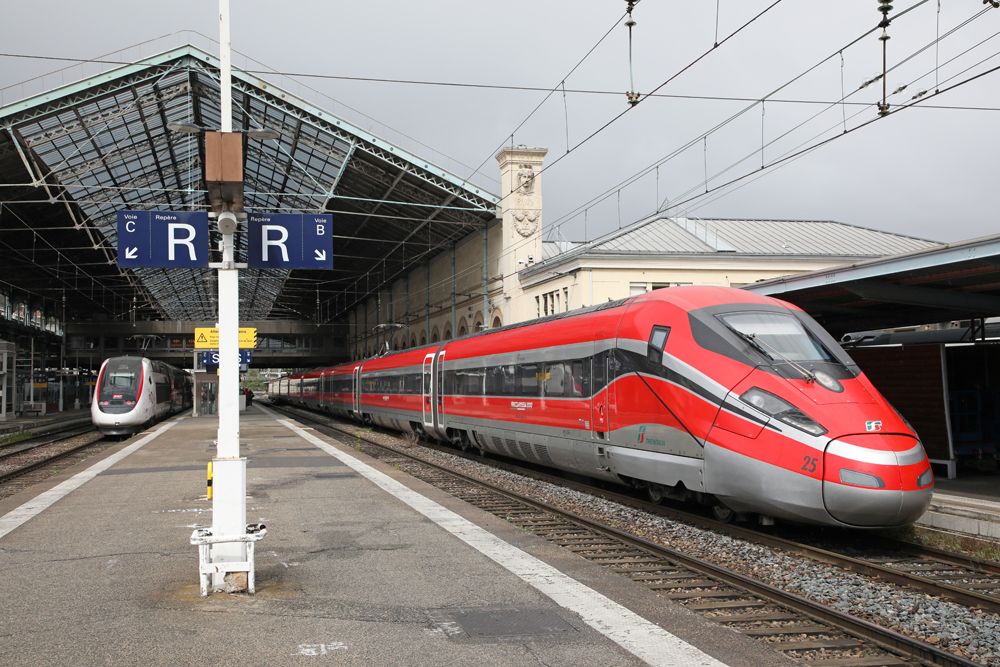
The European state rail company that appears to be making the most progress is Italian state rail holding company FS Italiane Group (owner of operator Trenitalia). It announced a joint venture with new entrant Evolyn in early April to start services to London by 2029. FS Italiane has said it will invest up to $1 billion alongside Evolyn and has a great deal of high speed know-how from its operations in Italy, France and Spain. The combination of Evolyn with its Italian partner’s experience and money suggests they currently are in pole position to actually start running services in competition with Eurostar. Evolyn has previously announced plans to buy 12 Alstom Avelia trains, but this order has yet to be confirmed.
Most observers do not believe there is scope for six or seven operators on the route, especially if they are trying to run multiple trains a day. Similar on-rail competition has developed in Spain in recent years, but the three competing operators are suffering losses which will not be sustainable in the long term.
Virgin’s lead manager, looking at the new international service, confirmed this view. He told British media earlier this year, “We don’t believe there is room for three operators on the [London-Paris/Amsterdam] route.” It is unclear whether Virgin will proceed with its plans, which would require raising around $900 million in funding, if Evolyn and its new Italian backers are able to move faster.
Incentives
Both the high speed infrastructure operator in the UK — which calls itself ‘London St Pancras Highspeed’ (LSPH) despite also running the ‘HS1’ high speed line — and Channel Tunnel concessionaire Getlink are offering incentives to new operators and new services. Both make their money from access charges and per-passenger fees charged to operators. Getlink is offering around $70 million and has highlighted routes from London to Frankfurt, Geneva, and Bordeaux that it hopes to see start before 2030. LSPH has proposed a $80 million incentive plan over the next decade. In addition, tolls for using the HS1 line were recently reduced by 5.9% by the British rail regulator for the next five years.
Shop access
Access to Temple Mills shop, leased by Eurostar and opened in 2007 to house its fleet, has become the first hurdle for any new operator to overcome as there are no other European structure gauge depots in the UK, and all new operators will use versions of existing European high speed trains.
Eurostar has offered access to “spare capacity” at Temple Mills to other operators for several years, but has not agreed terms with any of the new entrants, some of whom want to undertake significant maintenance work at the site. Following complaints by the new entrants to the British rail regulator, an independent study commissioned by the regulator earlier this year established that there is some capacity at the site. However, the study also established that there is not enough capacity for all three new operators. Between them, those groups have asked Eurostar for access to five of the depot’s eight maintenance tracks, plus stabling nightly for up to 18 of the 200-meter-long trains.






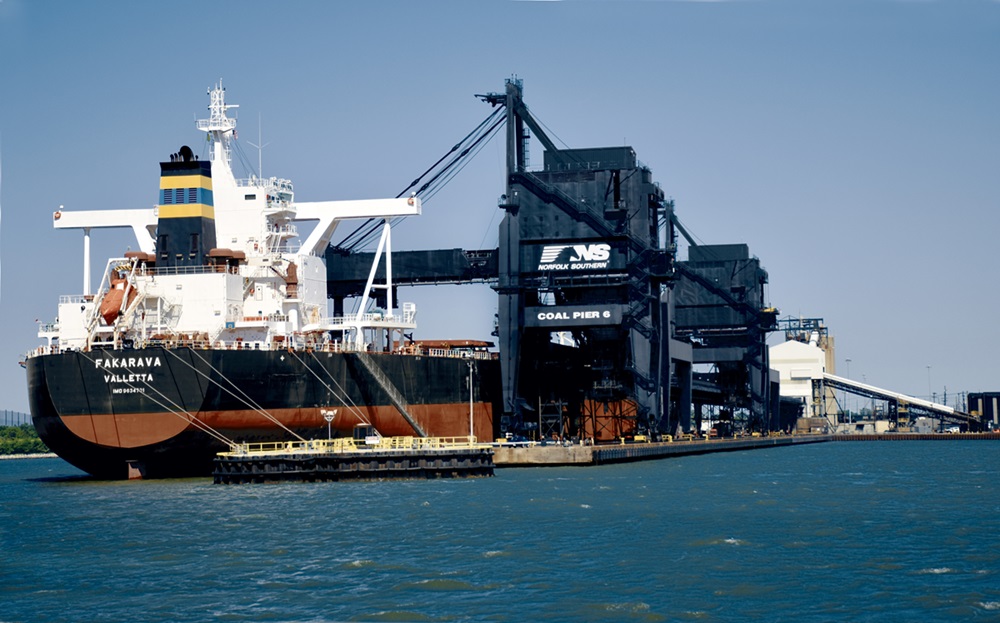
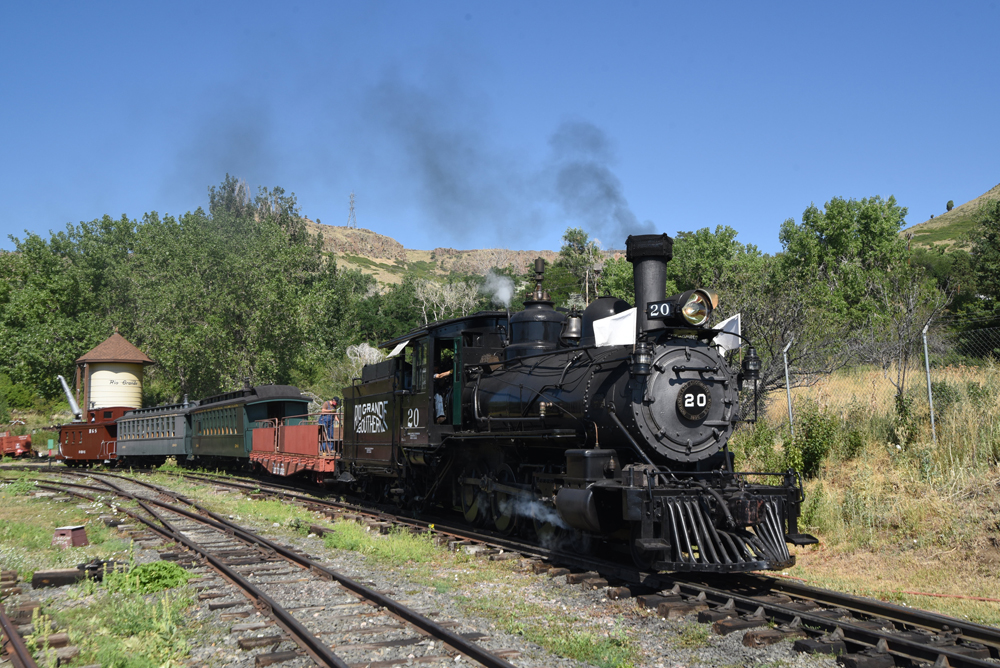
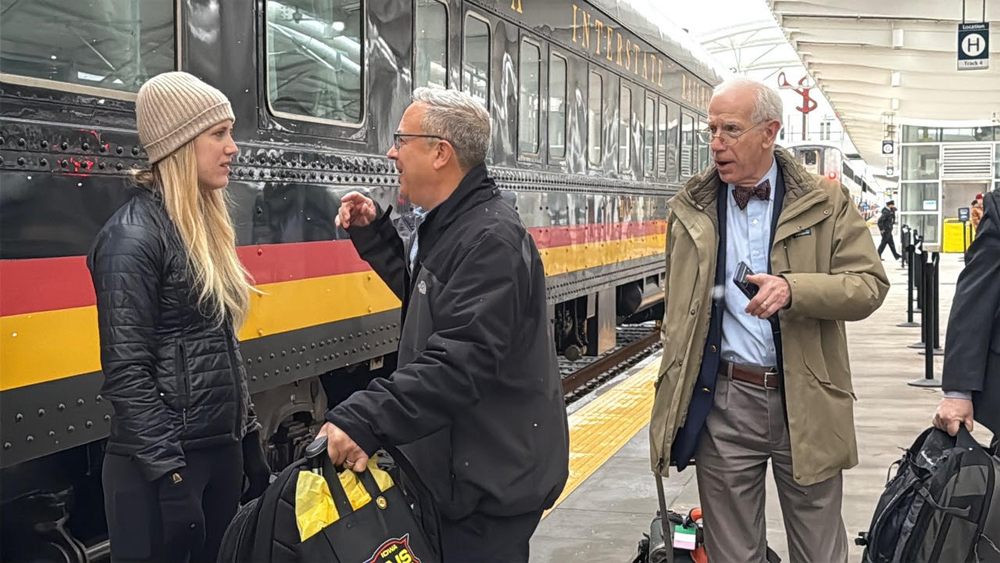
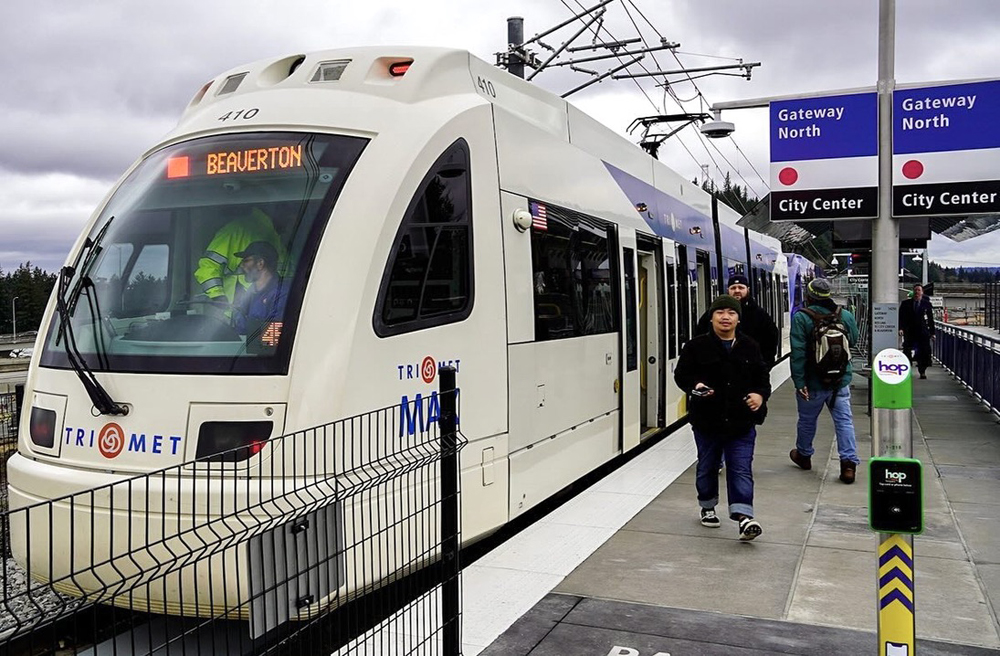
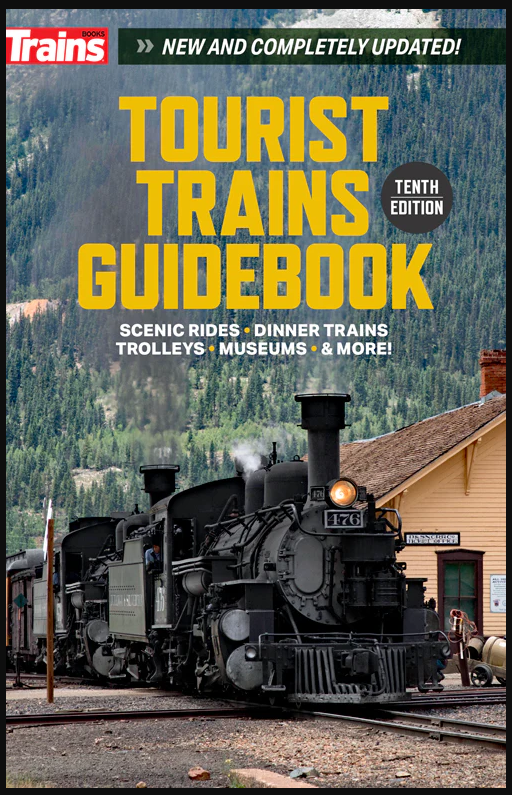
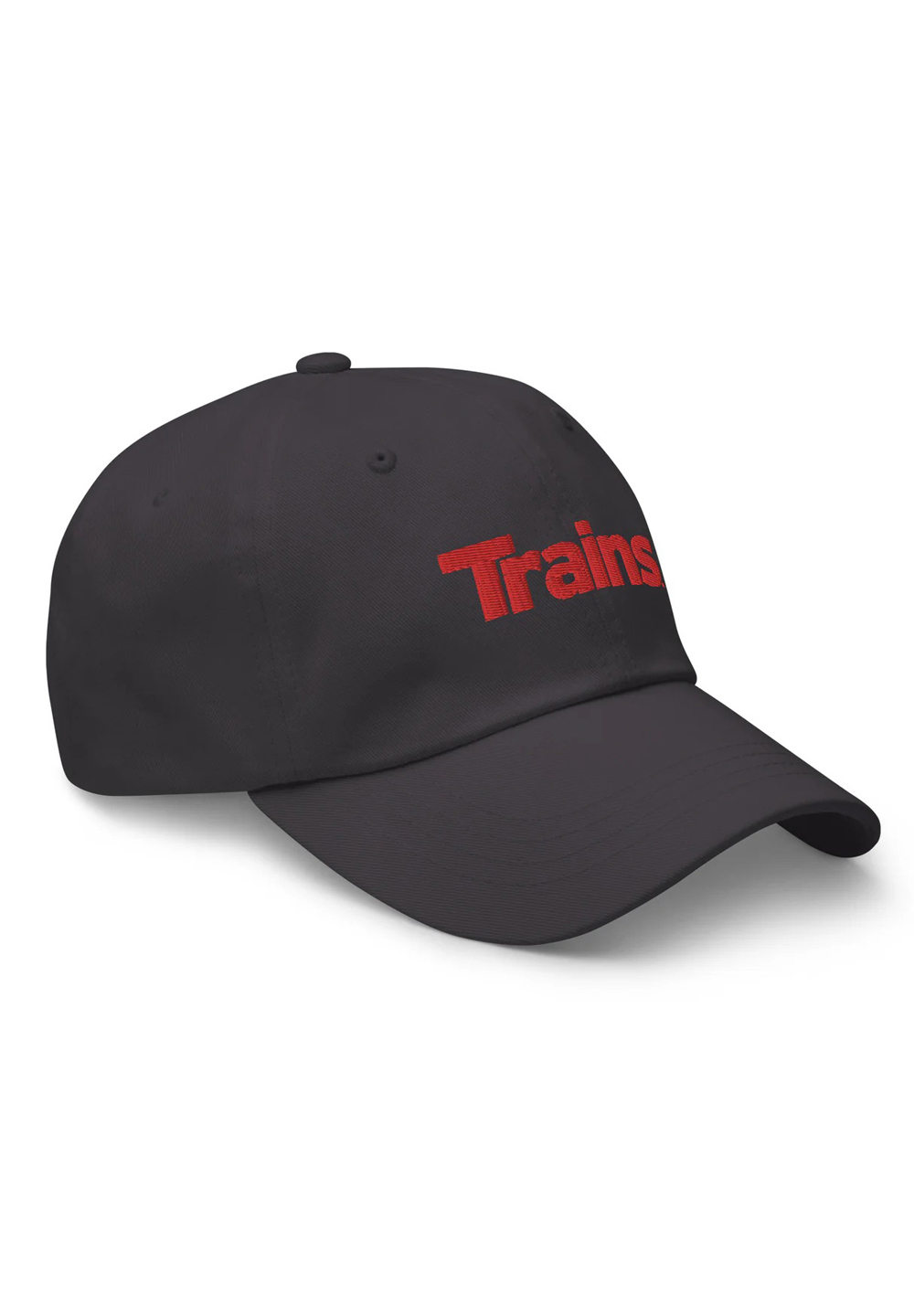

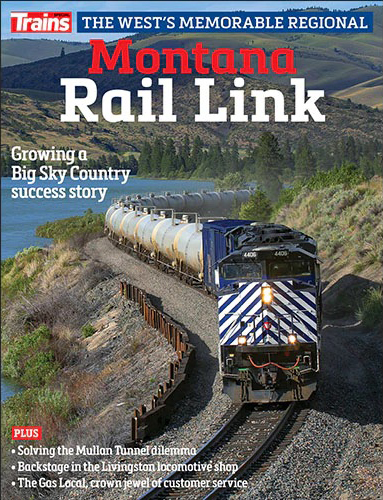
Can all or just some of these new operators find enough riders? Or will they steal many from Eurostar? How many riders now come from making connections from these proposed locations to Eurostar?
Eurostar deserves money for keeping the Chunnel in operation during the pandemic.
On the other hand, let’s see who will be the manufacturer of the 50 new Eurostar high-speed trainsets? Alstom or Siemens?
Dr. Güntürk Üstün
It is clear that Eurostar seems to be quite right about one thing: “Other operators should consider investing in the system as well.”…So, NEW MAINTENANCE DEPOT(S) TO THE RESCUE!?
Dr. Güntürk Üstün
The super lucky EUROSTAR will continue to be a game changer in the passenger rail sector until its tough competitors come along one day.
Dr. Güntürk Üstün
What is “European structure gauge?” Does it refer to loading gauge (smaller in Britain) or is it just standard track gauge as we understand it, as opposed to wider track gauges in Spain, the former Soviet states, and a few others?
I believe it’s what we Yanks call loading gauge – track gauge in the UK and the EU is the same as North America, 4’8.5″/1435mm. The main difference is height; there are no double-stack trains anywhere that side of the Atlantic as they are simply too high for the existing railroad infrastructure there. Weight is a further consideration, with the UK and EU having much lower limits on tonnage per axle.
As mentioned correctly by Brendan Wahl, most railroads in Europe use the standard gauge of 1,435 mm (4 ft 8+1⁄2 in). Some countries use broad gauge, of which there are three types [Russian (1,520 mm) and 5 ft (1,524 mm) gauge/Irish gauge (1,600 mm)/Iberian gauge (1,668 mm)].
Dr. Güntürk Üstün